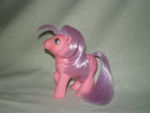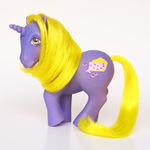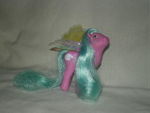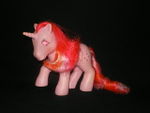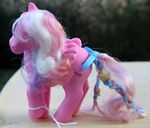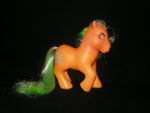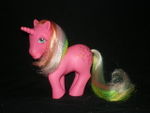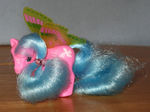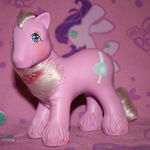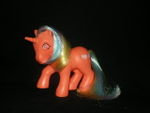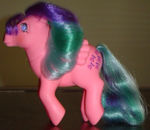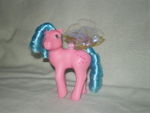Difference between revisions of "Regrind"
(Created page with "* Fixable: No * Contagious: No * Degenerative: Yes * Cause: Recycled Plastic (unconfirmed) * Also Known As: Color bloom * Similar to: Age Spots, Mold, Discoloration ...") |
m |
||
| Line 1: | Line 1: | ||
| − | * Fixable: No | + | * '''Fixable:''' No |
| − | * Contagious: No | + | * '''Contagious:''' No |
| − | * Degenerative: Yes | + | * '''Degenerative:''' Yes |
| − | * Cause: Recycled Plastic (unconfirmed) | + | * '''Cause:''' Recycled Plastic (unconfirmed) |
| − | * Also Known As: Color bloom | + | * '''Also Known As:''' Color bloom |
| − | * Similar to: [[Age Spots]], [[Mold]], [[Discoloration]] | + | * '''Similar to:''' [[Age Spots]], [[Mold]], [[Discoloration]] |
===Identification=== | ===Identification=== | ||
Latest revision as of 12:57, 11 February 2018
- Fixable: No
- Contagious: No
- Degenerative: Yes
- Cause: Recycled Plastic (unconfirmed)
- Also Known As: Color bloom
- Similar to: Age Spots, Mold, Discoloration
Identification
Regrind is an inherent flaw in certain ponies' plastic that causes colorful round spots, most commonly in shades of hot pink. Regrind can also appear yellow or orange, depending on the original color of the pony. Size and placement vary, from several millimetres to over a centimetre in diameter. The discoloration extends through the entire thickness of the plastic. Particularly severe cases may result in a pony who is mostly or completely altered in color, though this is rare. A circular patch of sheen can sometimes be seen on top of undisturbed regrind, evidence of chemical separation.
The majority of ponies found with regrind are either pink, orange or purple.
Causes
The exact cause of regrind is suspected to be a recycling of plastic during the manufacturing process and/or an improper blending of colorants with the vinyl. Plastic scraps are commonly reground and recycled into a fresh batch of plastic during toy production, though this would not explain why only certain ponies seem to crop up with regrind, some to the point where it is near impossible to find an example without the flaw. Another possibility is that the plastic color pellets added to the vinyl mix were not completely blended before being cast, leaving small particles of concentrated color in the plastic. Over time, these dyes leeched outwards, creating regrind. A certain color being more reactive than the others (hot pink/magenta) would explain both the color of regrind and why it is most problematic in certain pony colors.
Treatment
Unfortunately there is currently no cure for regrind. As a degenerative plastic flaw, maintaining a stable and collection friendly environment may help slow down progression. Regrind is non-contagious, thus there is no need to isolate ponies afflicted with it.
| Ponies Susceptible to Regrind |
|---|
